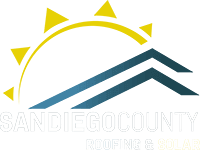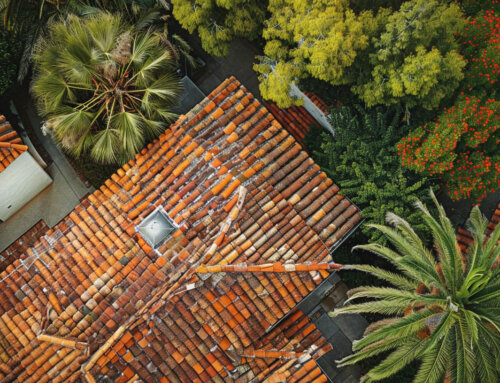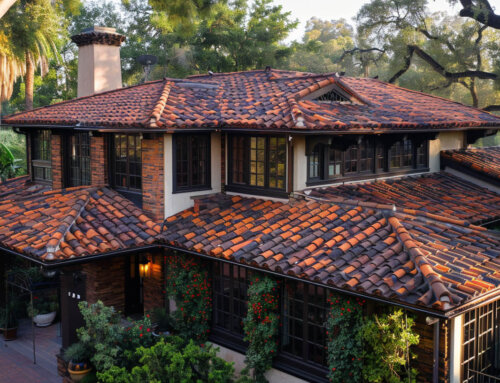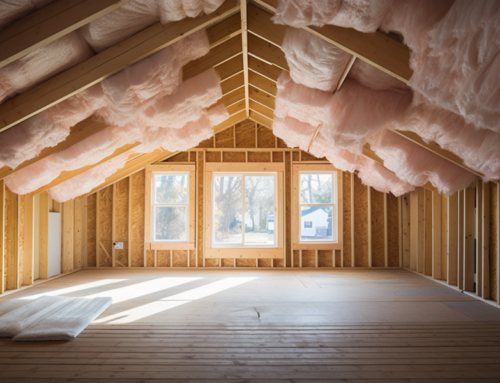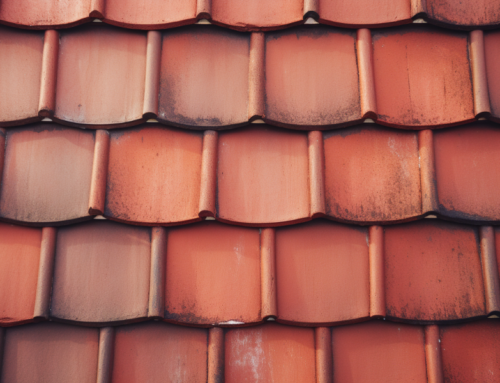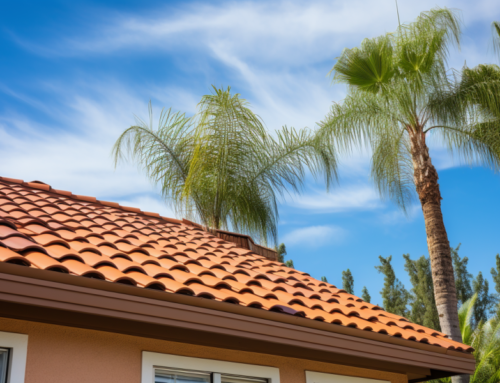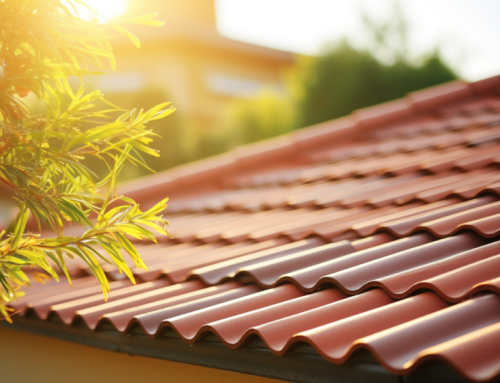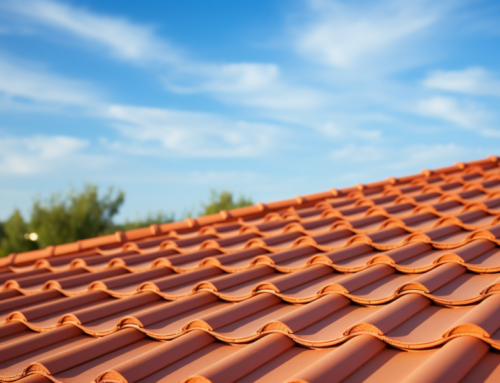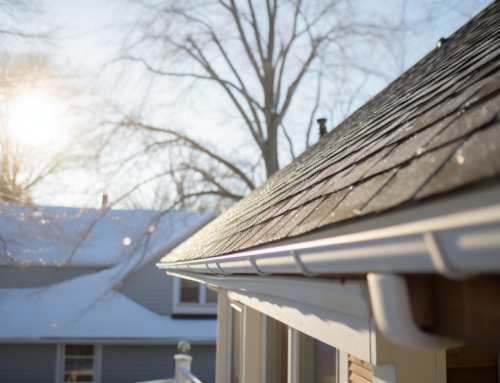Maintaining a commercial or industrial roof is crucial for the longevity and safety of the structure. Proper roof maintenance not only ensures the durability of the roofing system but also enhances the energy efficiency of the building. By following a systematic roof maintenance routine, the lifespan of a commercial or industrial roof can be significantly extended.
The Importance of Regular Roof Maintenance
Regular roof maintenance is essential to prevent potential issues and costly repairs in the future. By identifying minor problems early on, building owners can avoid significant structural damage and ensure the safety of the building’s occupants.
Key Elements of a Roof Maintenance Checklist
1. Interior Building Inspection
The first step in any roof maintenance routine is to inspect the interior of the building. This involves checking for:
- Signs of water stains or leaks
- Presence of mold or mildew
- Structural integrity concerns
- Any other indications of potential roof damage
2. Examination of Rooftop Surfaces
Moving to the exterior, the roof surfaces should be visually assessed for:
- Accumulated water or ponding
- Growth of unwanted vegetation
- Accumulation of debris
- Signs of hail or weather-related damage
3. Inspection of Roof Edges
The edges of the roof, often referred to as the roof perimeter, are vital areas that need thorough checking. This includes examining:
- Seams and joints
- Flashings, both base and counter
- Roof corners and terminations
- Coping and related components
4. Assessment of Gutter Systems
Gutters play a pivotal role in directing water away from the building. It’s essential to ensure:
- Gutters are free from blockages
- Drains are functioning correctly
- No standing water, which can be particularly damaging for asphalt-based roofs
5. Detailed Roof Field Inspection
Different roofing systems require varied inspection techniques. For instance:
- Single-ply systems should be checked for membrane tears
- Metal roofs require a thorough look at fasteners and seals
- Overall, the roof field should be assessed to determine any necessary protective measures for the upcoming season
6. Checking Roof Penetrations
All roof penetrations, including HVAC systems and vents, should be sealed to prevent moisture ingress. Whenever new equipment is added to the roof, a detailed inspection of the flashings is imperative.
7. Roof Core Sampling
Taking core samples can provide valuable insights into the age and quality of the roofing substrate. This helps in understanding the overall health of the roof.
Understanding the Roof Inspection Report
After a thorough inspection, a detailed report is generated, highlighting:
- The overall condition of the roof
- Structural soundness of the roofing system
- Damaged or deteriorating areas
- Results from the core samples
- Maintenance recommendations with photographic evidence of problem areas
Trust in Professional Roof Maintenance
Early detection of minor issues can prevent them from escalating into major problems. At San Diego County Roofing & Solar, we pride ourselves on delivering top-notch roofing solutions tailored to your needs. With our expertise in roofing in San Diego, we ensure that your commercial building remains protected and efficient.
San Diego County Roofing & Solar has built a reputation for delivering unparalleled value, superior roofing solutions, and unmatched customer service. Our commitment to excellence ensures that you receive the best roofing solutions tailored to your specific needs.
In Conclusion
Regular roof maintenance is not just a recommendation; it’s a necessity. By following a systematic approach and relying on professionals like San Diego County Roofing & Solar, building owners can ensure the longevity and safety of their roofing systems. Whether you’re looking for local roofing companies in San Diego or seeking expert advice on maintenance, always prioritize quality and expertise.
